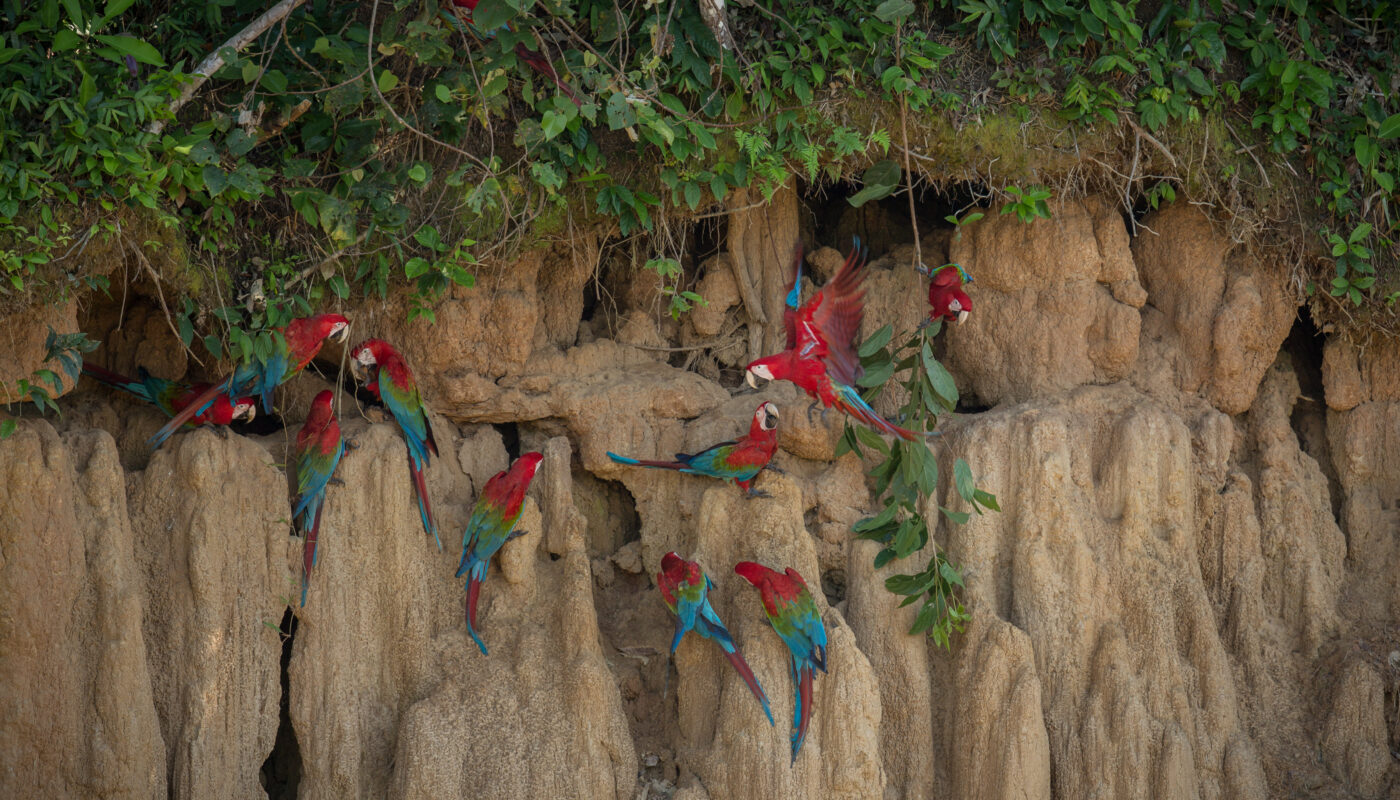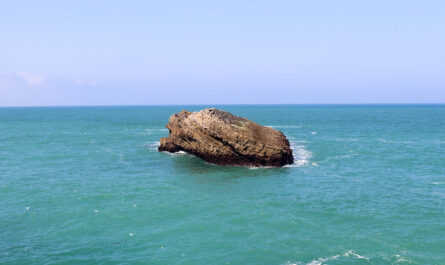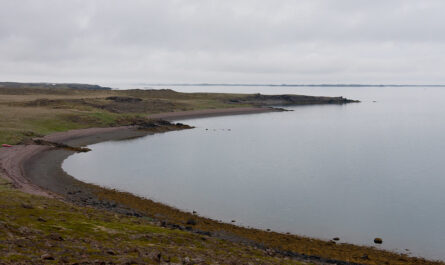New Britain, the largest island in the Bismarck Archipelago of Papua New Guinea, is a natural paradise renowned for its rich biodiversity. Its lush rainforests, rugged mountains, and vibrant ecosystems host an incredible variety of flora and fauna, much of which is found nowhere else on Earth. As a biodiversity hotspot, New Britain offers an extraordinary glimpse into the wonders of nature, from its dense rainforests to its diverse wildlife species. This article explores the unique ecological significance of New Britain, its rainforests, and its fascinating wildlife.
Geography and Climate of New Britain
New Britain is an elongated island located in the southwestern Pacific Ocean. It is divided into two provinces: East New Britain and West New Britain. The island spans approximately 36,500 square kilometers, featuring mountainous terrain, volcanic landscapes, and expansive rainforests.
The island’s climate is tropical, with high humidity and consistent rainfall throughout the year. This climate creates the perfect environment for the thriving ecosystems that make New Britain a biodiversity hotspot. Its geographical isolation has also contributed to the evolution of unique species that are endemic to the region.
Rainforests of New Britain
The rainforests of New Britain are among the most biologically diverse ecosystems on the planet. They are classified as tropical lowland rainforests and montane rainforests, depending on elevation. These rainforests are characterized by their dense vegetation, towering trees, and rich biodiversity.
1. Flora of the Rainforests
The rainforests of New Britain are home to a staggering variety of plant species, including many that are endemic to the island. Some of the notable flora includes:
- Dipterocarps: These tall, hardwood trees dominate the canopy and are vital to the ecosystem.
- Orchids and Ferns: The understory is adorned with a dazzling array of orchids and ferns, adding to the island’s botanical diversity.
- Mangroves and Coastal Vegetation: Along the coast, mangroves play a crucial role in protecting shorelines and supporting marine ecosystems.
2. Ecological Importance
New Britain’s rainforests are vital for maintaining ecological balance. They act as carbon sinks, help regulate the island’s climate, and provide habitat for countless species. The rainforests also support the livelihoods of local communities who depend on them for food, medicine, and shelter.
Wildlife of New Britain
New Britain is a haven for wildlife enthusiasts. Its rainforests are teeming with an incredible variety of animal species, including many that are endemic to the island. From vibrant birds to elusive mammals and diverse reptiles, the island’s wildlife is a testament to the wonders of evolution.
1. Birds
New Britain is part of the East Melanesian Islands, a region known for its high bird endemism. Some of the most iconic bird species found here include:
- New Britain Boobook (Ninox odiosa): A small, nocturnal owl unique to the island.
- Bismarck Kingfisher (Todiramphus nigrocyaneus): A strikingly colorful bird that inhabits coastal areas and mangroves.
- New Britain Friarbird (Philemon cockerelli): A nectar-feeding bird that plays a vital role in pollination.
The island is also a critical stopover point for migratory birds, making it an essential part of global bird conservation efforts.
2. Mammals
New Britain’s mammalian diversity includes several fascinating species:
- Cuscus: These arboreal marsupials, such as the Admiralty cuscus (Spilocuscus kraemeri), are common in the rainforests.
- Fruit Bats: Also known as flying foxes, these bats are vital pollinators and seed dispersers.
- Melomys: A genus of small rodents, some of which are endemic to New Britain.
3. Reptiles and Amphibians
The island is home to a variety of reptiles and amphibians, many of which are endemic. Notable examples include:
- Green Tree Pythons (Morelia viridis): These stunning snakes are often found in the rainforests.
- Frogs: The island hosts several species of frogs, including some that are unique to its ecosystems.
4. Marine Life
New Britain’s coastal waters and coral reefs are teeming with marine biodiversity. Dugongs, sea turtles, and an array of fish species inhabit the island’s marine environments, making it a hotspot for snorkeling and diving enthusiasts.
Threats to Biodiversity in New Britain
Despite its ecological significance, New Britain faces several threats to its biodiversity. These challenges include deforestation, habitat loss, and climate change, all of which have a significant impact on the island’s ecosystems.
1. Deforestation
Large-scale logging and agricultural expansion have led to significant deforestation in New Britain. This not only destroys habitats but also disrupts the ecological balance, leading to a decline in species populations.
2. Climate Change
Rising temperatures and changing weather patterns are affecting the delicate ecosystems of New Britain. Coral bleaching, shifting habitats, and increased frequency of extreme weather events are some of the consequences of climate change.
3. Invasive Species
Non-native species introduced to the island have disrupted local ecosystems. Invasive plants, animals, and insects often outcompete native species, leading to a decline in biodiversity.
4. Overexploitation
Unsustainable hunting, fishing, and resource extraction practices are putting additional pressure on the island’s wildlife and ecosystems.
Conservation Efforts in New Britain
Recognizing the ecological importance of New Britain, various conservation initiatives have been launched to protect its biodiversity.
1. Protected Areas
Several protected areas and wildlife sanctuaries have been established on the island to conserve its unique ecosystems. These areas provide a safe haven for endangered species and help maintain ecological balance.
2. Community-Based Conservation
In conservation efforts, local communities are vital. By promoting sustainable practices and involving communities in decision-making, conservation initiatives have been more effective in preserving the island’s biodiversity.
3. International Support
Organizations like the World Wildlife Fund (WWF) and BirdLife International have been actively involved in conservation projects in New Britain. Their efforts include habitat restoration, species monitoring, and raising awareness about the importance of biodiversity.
Exploring New Britain: A Paradise for Eco-Tourists
For travelers seeking an immersive experience in nature, New Britain offers unparalleled opportunities to explore its rainforests and wildlife. Eco-tourism is growing on the island, with activities such as:
- Rainforest Treks: Guided tours through the lush rainforests provide an opportunity to witness the island’s unique flora and fauna.
- Birdwatching: With its high bird diversity, New Britain is a birdwatcher’s paradise.
- Snorkeling and Diving: The island’s coral reefs are among the most vibrant in the world, offering a chance to explore its marine biodiversity.
By choosing eco-friendly tourism options, visitors can contribute to the conservation of New Britain’s natural treasures.
Conclusion
New Britain’s rainforests and wildlife are a testament to the island’s incredible biodiversity and ecological significance. From its endemic bird species to its dense tropical rainforests, New Britain is a true biodiversity hotspot. However, the island’s ecosystems face numerous threats, highlighting the urgent need for conservation efforts. By supporting sustainable practices and raising awareness about the importance of biodiversity, we can ensure that New Britain’s natural wonders continue to thrive for generations to come.
Whether you’re a nature enthusiast, a wildlife lover, or an eco-conscious traveler, New Britain offers an unforgettable journey into one of the world’s most extraordinary natural environments.



